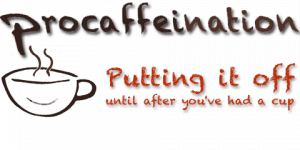I get the question “How many coffee beans should I use to make a cup of coffee?” often. I have a usual sort of answer that I give that really amounts to “It depends.”
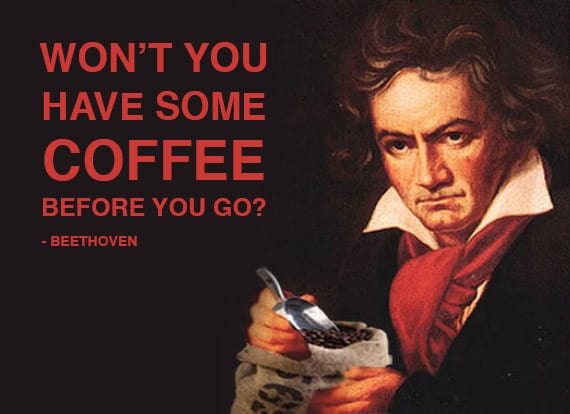
Then I launch into a long-winded story of how “Ludwig Von Beethoven insisted on exactly 60 beans to make his cup of coffee and that’s a place to start but that’s not the BEST way to determine the correct amount of coffee for brewing so…“
But what if it is?
Why So Picky?
Was I right to be so exacting in how much coffee to use? I am a big proponent of careful measurement of both the coffee and the water when brewing. I come by this trait honestly: I was a Chemistry major in college, way back when Thomas Dolby was Blinding Us with Science, and I tend to think of coffee as a sort of basic chemistry experiment.
When working in the lab, you “clean everything.” You “measure everything.” You “write everything down.” And everyone gets mad if you “blow things up” which I definitely did not do.
So, I started with the standard “Golden Ratio” recommended by the Specialty Coffee Association of 55 grams of coffee for every liter of water. Since I have a kitchen scale, measuring cups, and am pretty good at math, I was able to determine that this is the same as the traditional “two tablespoons per cup.” I like my coffee a little stronger than that, so I use a four-tablespoon scoop for my mug of coffee.
The point I am trying to get to is that coffee beans are not all the same size and Coffee cups are not all the same size. And while we’re at it, what about your brewing method? These are all variables that have to be accounted for if you want to get a consistent and high-quality cup of coffee.
Brewing Methods
This may come as a shock but it has been my experience that all brewing methods use the same amount of coffee by weight per cup! French Press, Automatic Drip, Vacuum Pot, Pour Over… I’ve used them all and more (I know. I have a problem. <Heavy sigh>). What changes in the methods are the size of the grind and perhaps the brewing time. If the style of coffee requires more strength, like say a Vietnamese cà phê sữa nón, then you use more coffee by weight.
Cup Size
First, we need to know the capacity of our cup or mug. A “US Cup” is equal to eight fluid ounces but when discussing coffee, a cup is equal to six fluid ounces. Why? Because that is the size of the traditional British “teacup” and it carried over. Those markings on the side of the pot can mean absolutely anything! I own “cups” that run anywhere from a three fluid ounce demitasse to 10 ounces in my usual mug. That mug is packed away, so I have been using a different one and I am unsure of its volume. Time to break out the measuring cup!
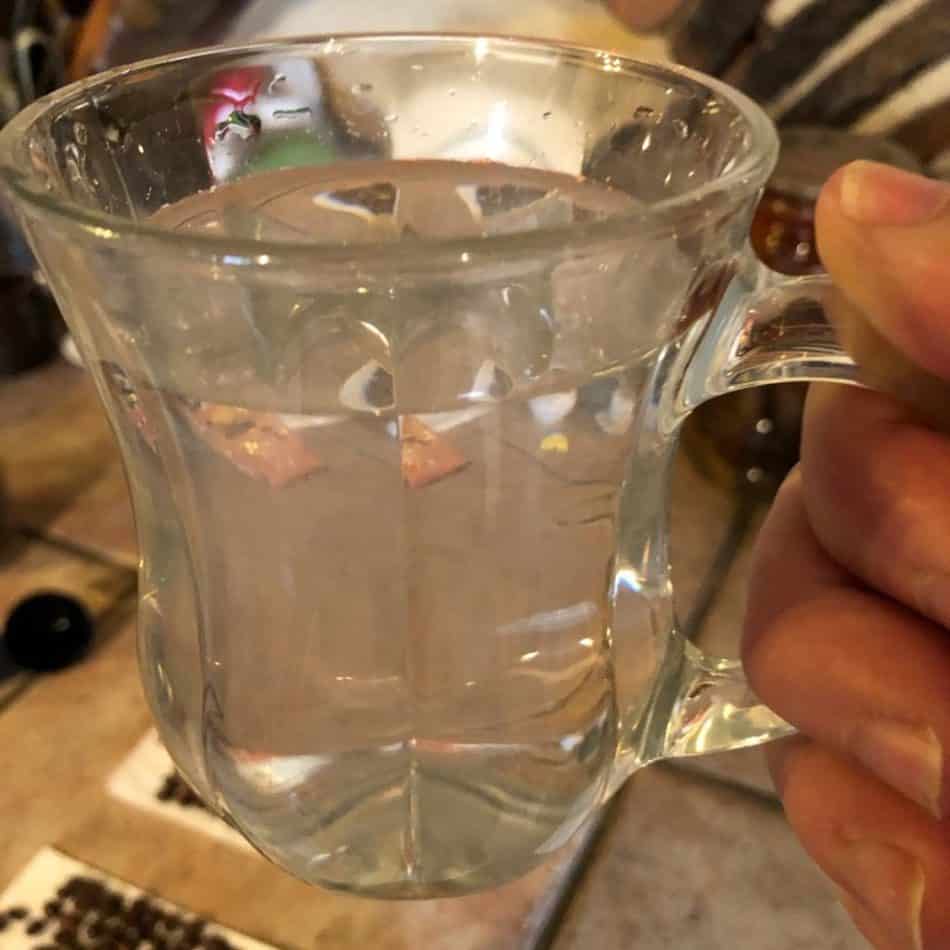
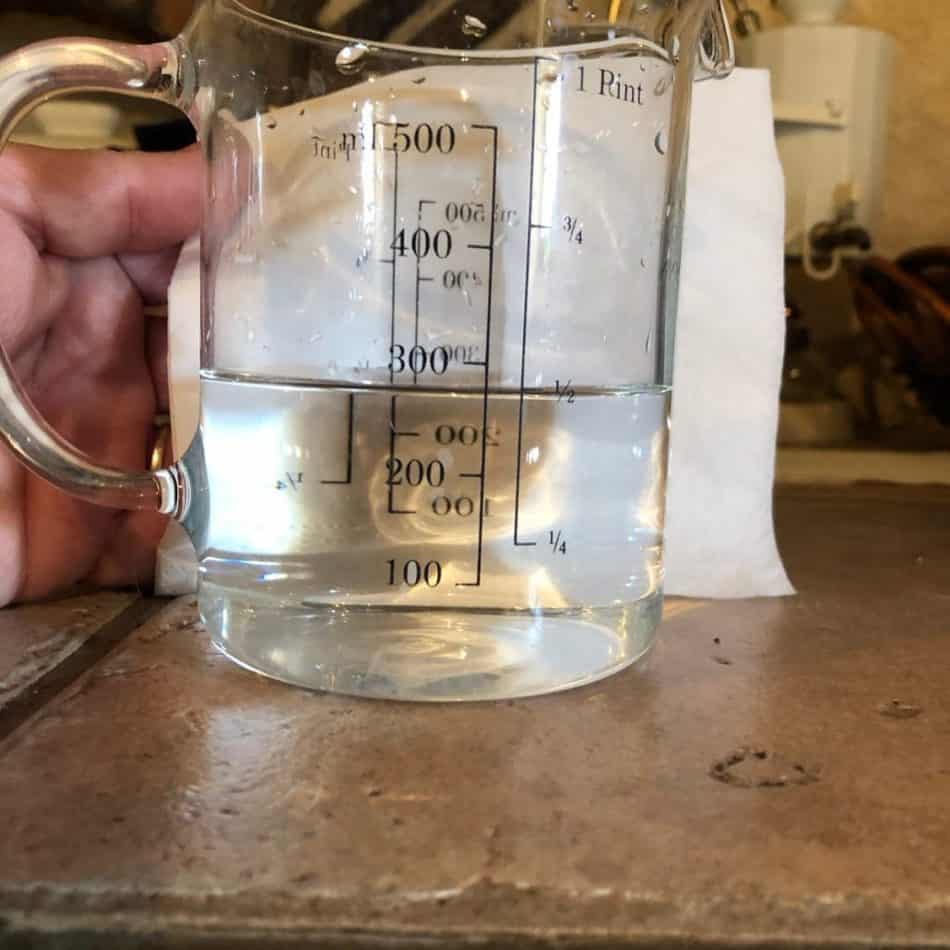
Bean Size
So I decided to do a little experiment!
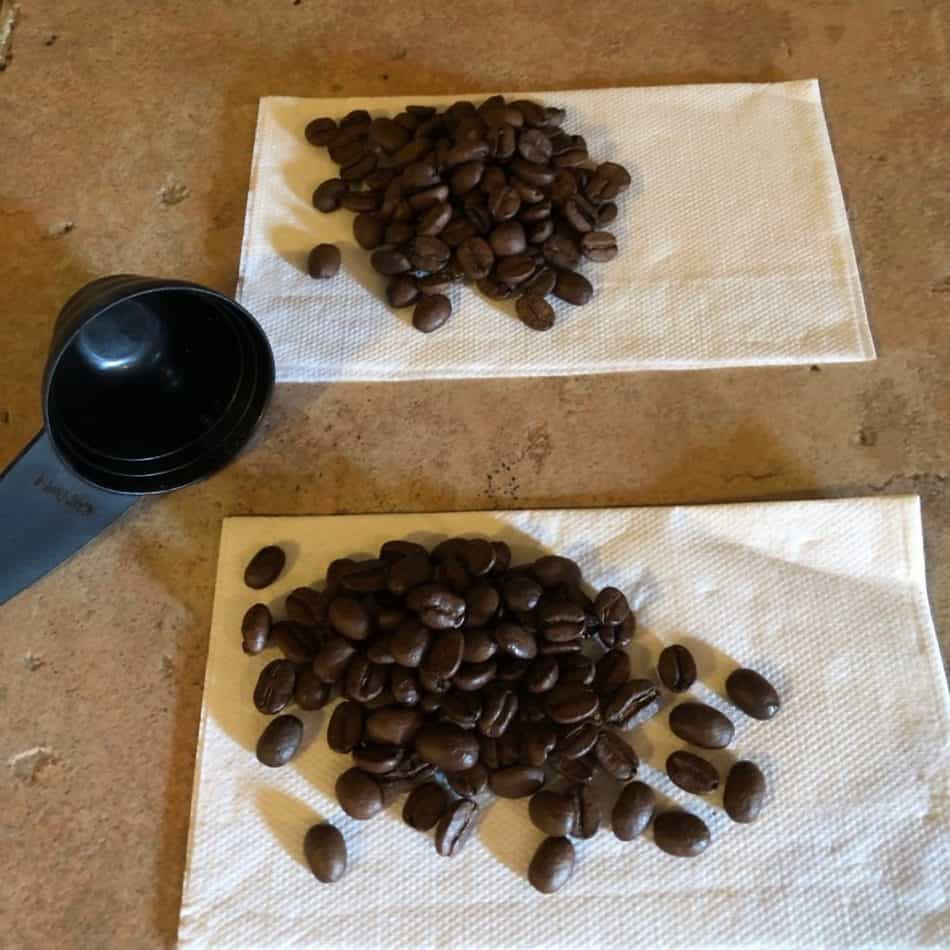
I wanted to see how much variation there in the number of coffee beans I would get in a scoop between two different coffees.
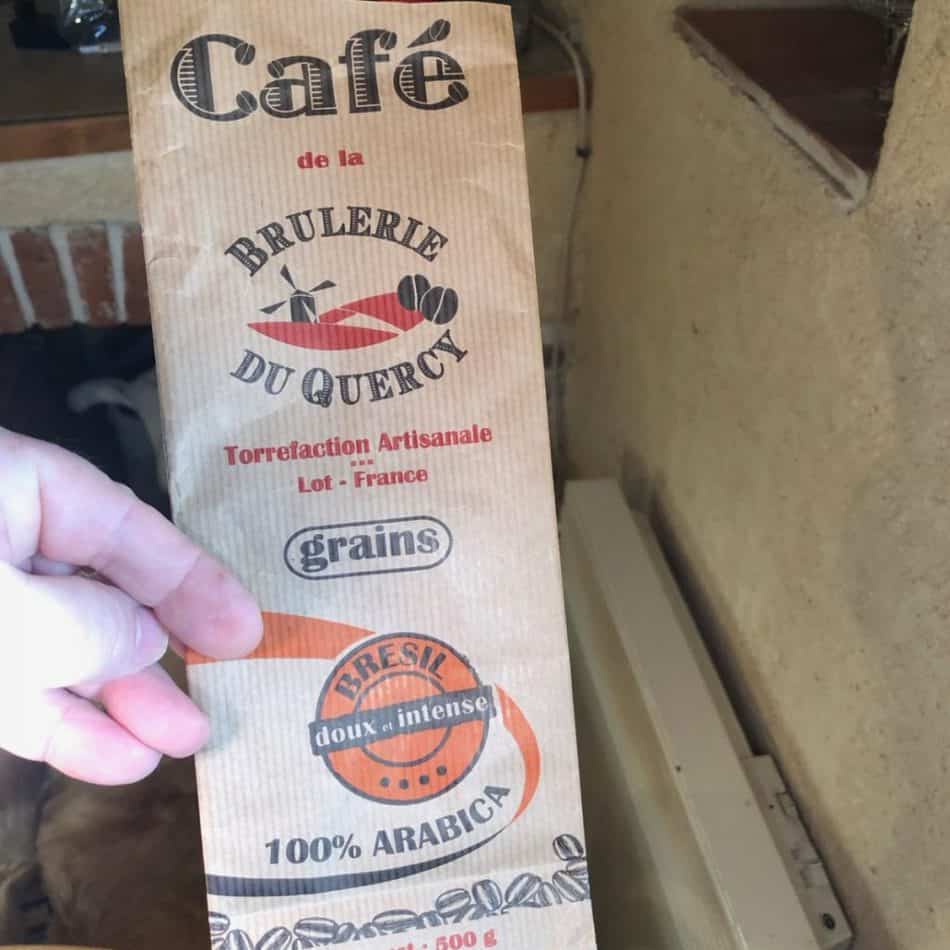
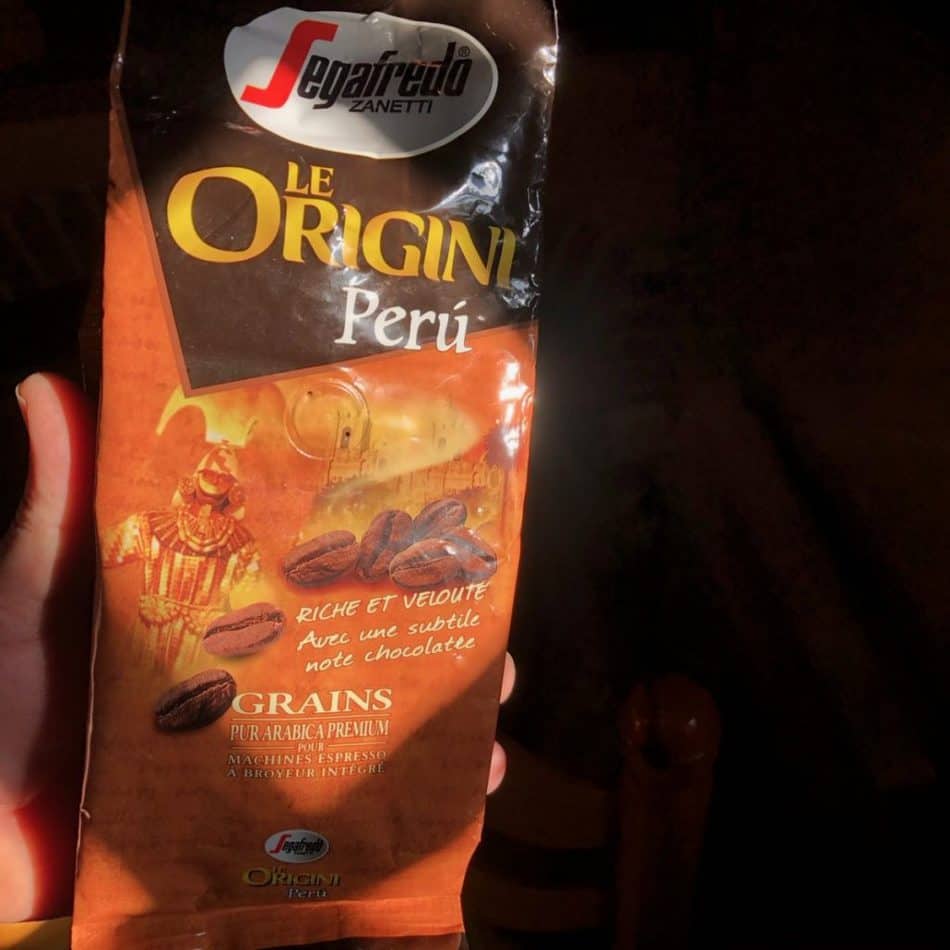
I then counted how many beans were in each of the scoopfuls.
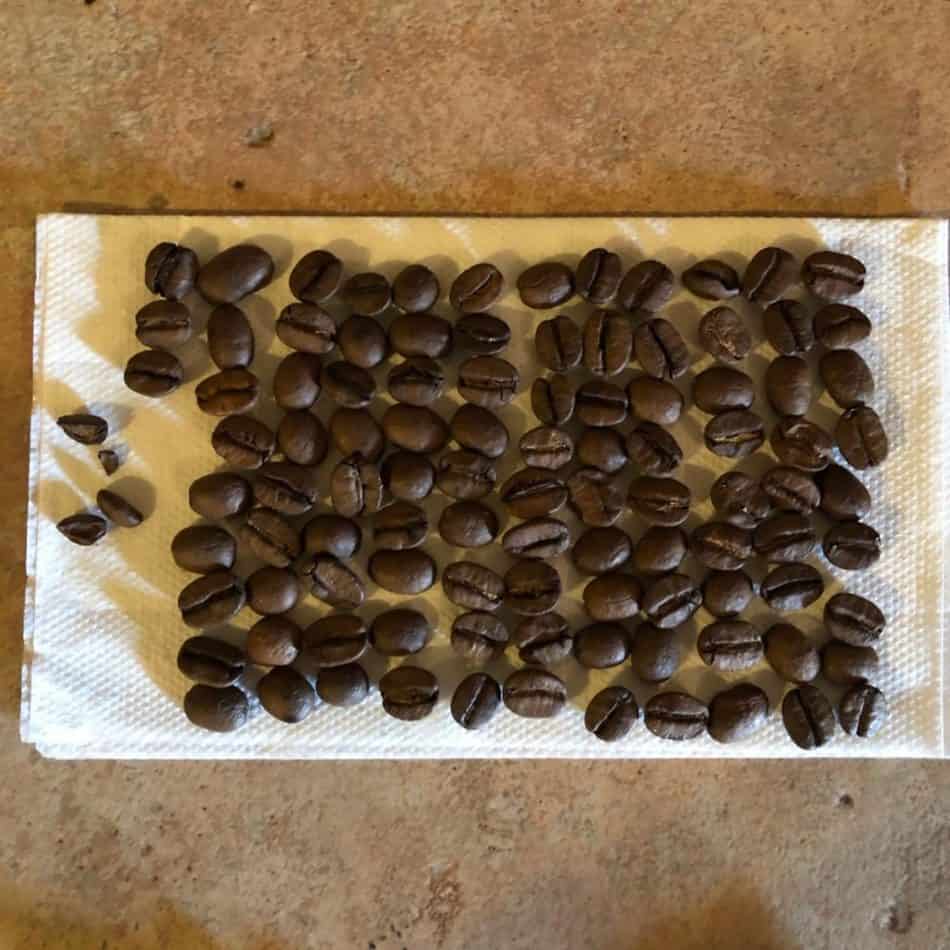
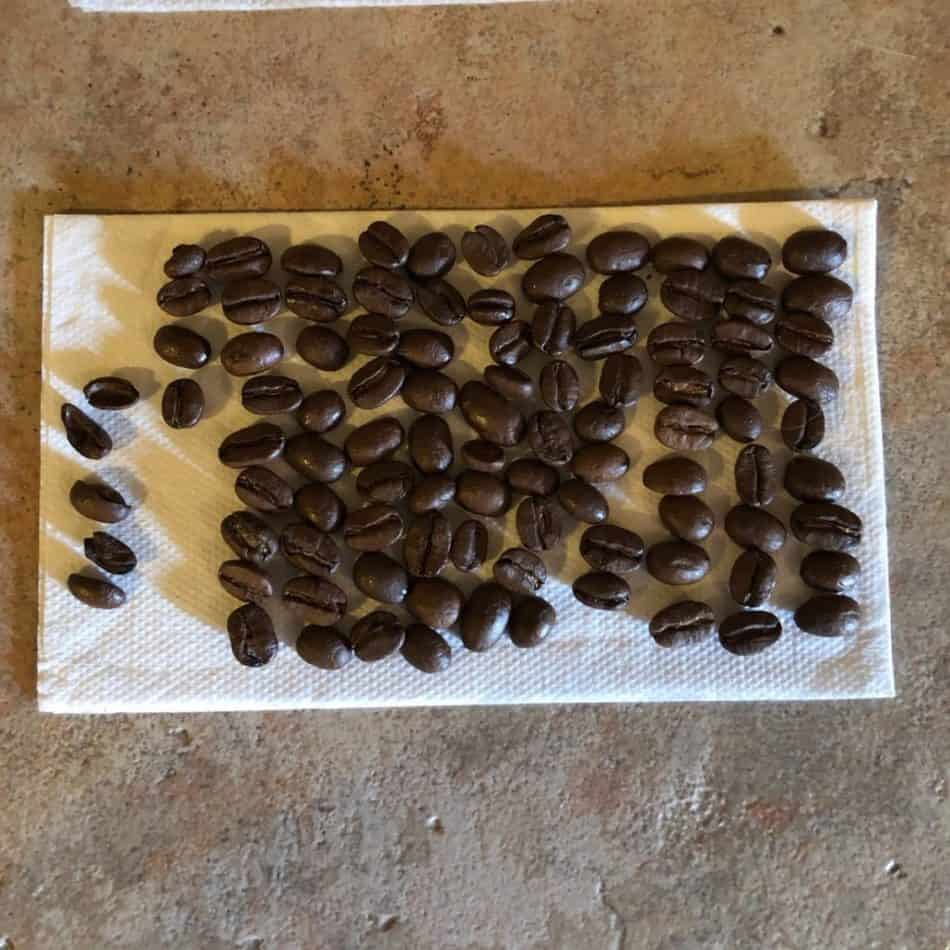
So I’m going to call it 103 to 98; not really much of a difference. Now if I was back in the chem lab, I would have liked to have more bags to sample from and I would have done five scoops of each to smooth out the data but this will serve our purposes. I’m going to say that one hundred coffee beans make eight ounces of coffee at the strength I like.
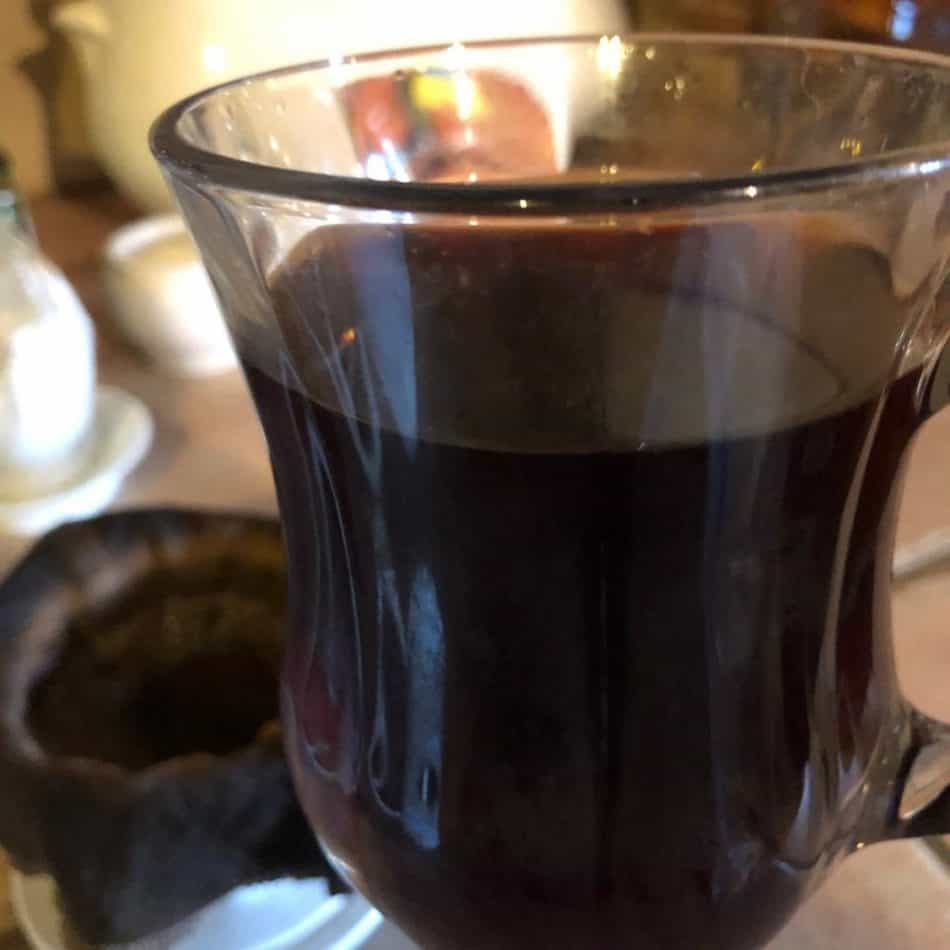
Doing some math gives the result that
75 beans will make a medium-strong cup of coffee
You are also going to have to figure out how much coffee will brew a cup to your liking and desired strength. So if you have a standard 6 oz cup, start with a number between Beethoven and Bruno and adjust from there.
I have come up with The Bruno Number:
12 Coffee Beans per ounce of water!
That works out to 40 beans per 100 ml of water
Remember, coffees are different. The beans come in many sizes and grades and this is not as accurate as using the weight of the coffee to determine your ratios but really? You only need to worry about this if you are a supertaster or extremely finicky.
Relax and enjoy your cup.

